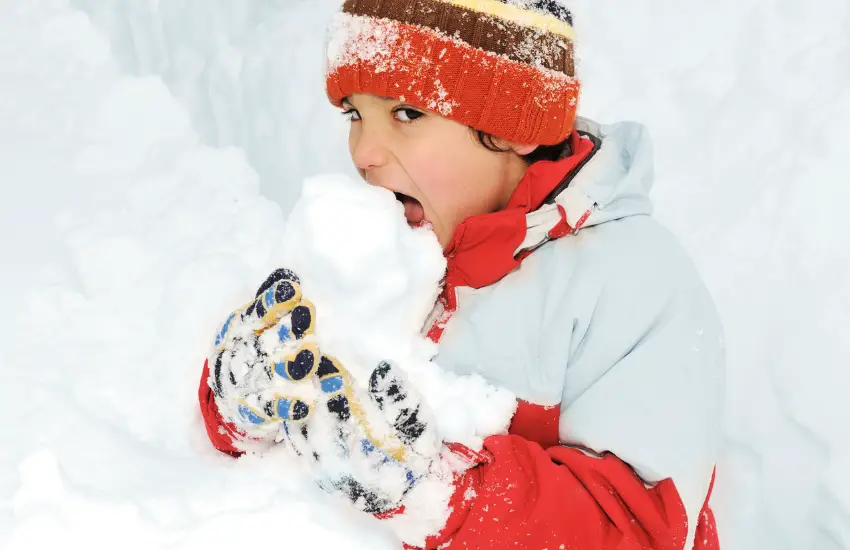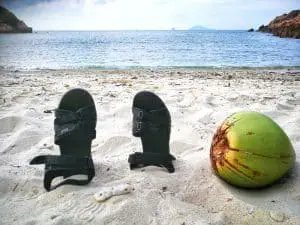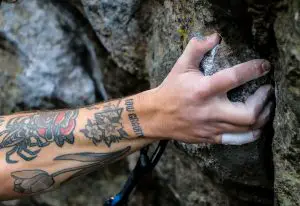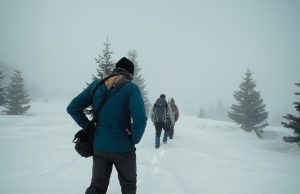Does Eating Snow Dehydrate You? The Ultimate Guide

Winter is a magical season, and I get it – snow can be a fun way to quench your thirst during outdoor activities. But with all the myths and rumors surrounding the safety of eating snow, it’s important to know the truth before digging in. Contrary to popular belief, eating snow does not dehydrate you.
However, it’s important to be cautious when consuming snow, as it can contain harmful pollutants or bacteria. In this guide, we’ll explore the truth behind eating snow, its safety, and provide tips for your winter adventures.
Quick Links
What Happens When You Eat Snow?
Since snow is mostly made of water, it can provide hydration to your body. However, it’s important to note that consuming snow can also have potential risks.
Snow can contain pollutants or bacteria, such as those from air pollution or animal waste, which can be harmful to your health. Eating contaminated snow can cause stomach issues, such as vomiting or diarrhea. Additionally, consuming large amounts of snow can lower your body temperature, leading to hypothermia.
It’s always best to be cautious when eating snow and to avoid consuming any that looks discolored or has a strange odor. Consider melting the snow first and boiling it to kill any potential bacteria before consumption.
Can Eating Snow Dehydrate You?
Contrary to popular belief, eating snow does not dehydrate you. In fact, snow is mostly made of water, so consuming it can actually provide hydration to your body. However, there is a common misconception that eating snow can dehydrate you.
This idea may come from the fact that consuming a lot of snow can lower your body temperature, leading to hypothermia. Hypothermia is a condition in which your body loses heat faster than it can produce it, causing your body temperature to drop. This can cause dehydration-like symptoms such as confusion, dizziness, and fatigue. However, it’s important to note that this is a result of your body’s response to the cold, not the snow itself.
It’s always best to take necessary precautions when eating snow and to avoid consuming large amounts of it that can lower your body temperature.
Is Eating Snow Safe?
Like I said earlier, there are certain risks. Snow can contain pollutants or bacteria, such as those from air pollution or animal waste, that can be harmful to your health.
If you’re going to eat snow, it’s best to collect it from a clean, untouched area, away from roadways or industrial areas. Avoid consuming any snow that looks discolored or has a strange odor. You can also melt the snow and boil it to kill any harmful microorganisms.
Just make sure it’s not your ONLY source of hydration. The biggest risk to consuming large amounts of it can lead to hypothermia, a condition in which your body loses heat faster than it can produce it – which can be fatal.
Does Eating Colored Snow Have Any Health Risks?
Colored snow, also known as “yellow snow,” can contain harmful substances that can be dangerous to your health. This can include urine or pollutants from the environment, such as chemicals or heavy metals. Not just urine – believe it or not.
Consuming colored snow can lead to a variety of health issues, including nausea, vomiting, or diarrhea. These symptoms can be especially problematic for young children or individuals with weakened immune systems.
It’s best to avoid eating colored snow altogether and stick to clean, white snow if you’re going to eat it at all. If you come across any colored snow, avoid it and find a clean, untouched area to collect snow from instead.
Tips For Eating Snow Safely
Okay, so if you’re dead set on a snowy, winter-filled adventure and already planned in your mind that you’ll be eating snow, here are the final tips to remember:
- Collect snow from clean, untouched areas away from roads or industrial areas. This will reduce the risk of consuming pollutants or bacteria that can be harmful to your health.
- Melt the snow and boil it to kill any harmful microorganisms. This will help to ensure that the snow is safe to consume and will reduce the risk of illness.
- Don’t rely on snow as your primary source of hydration. While snow is mostly made of water, consuming large amounts of it can lead to hypothermia, a condition in which your body loses heat faster than it can produce it. Instead, use snow as a supplement to clean drinking water.
Conclusion
I won’t lie, eating or even melting and drinking snow can be a fun way to experience nature to its fullest – but just like anything else I talk about, make sure you’re smart about it.
Remember to collect snow from clean, untouched areas, melt and boil it to kill any harmful microorganisms, and use it as a supplement to clean drinking water.







